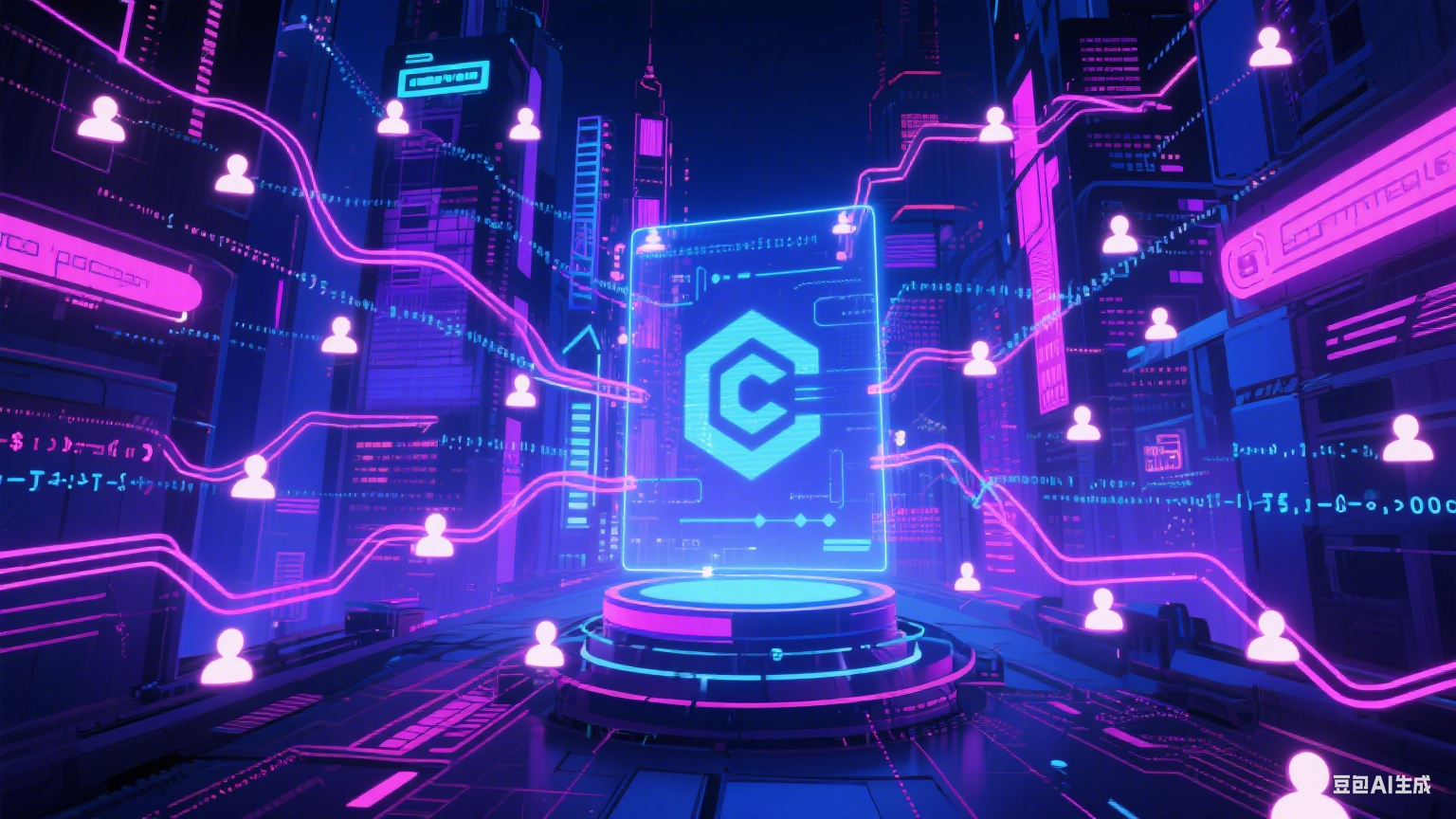In DeFi practice, we often see the term V3; so what exactly is V3, and what kind of paradigm shift and new challenges does it represent? This learning note will use the launch of the Goblin project on Aptos as an opportunity to discuss the past and present of V3.
I. Concentrated liquidity model, the core of V3
V3, short for Uniswap V3, appeared before mainstream DEXs mostly adopted the 'constant product market maker' model established by Uniswap V2, which is the CPMM model.
The core formula of V2 is 'x * y = k', where x and y represent the quantities of two assets, and k is a constant.
From the equation of this model, it is clear: because x and y are inversely proportional, liquidity providers' funds are evenly distributed across the entire price range from 0 to infinity.
The benefit of this approach is that regardless of price fluctuations, a portion of the funds can always be used to facilitate trades. However, this design also brings a fatal flaw: low capital efficiency.
Because during a certain period, trades always occur within a relatively narrow range, for example, currently, the price of BTC fluctuates between 110K and 120K. However, the V2 model averages liquidity deployment at price points like 1000 or 1M, which will not be reached in the short term. These idle funds can earn no fees and cannot effectively support trades. Statistics show that up to 99% of liquidity in the V2 model has never been used.
To solve this problem, Uniswap V3 was born, introducing the concept of 'concentrated liquidity' to fundamentally address the issue of low capital efficiency.
Under the V3 framework, liquidity providers are allowed to deploy their provided liquidity within 'customized, specific' price ranges.
Core principle: LPs no longer need to spread their funds across the entire price curve. They can choose a target price range, such as concentrating BTC-USDC liquidity between $110k - $120k. Only when the asset's price fluctuates within this range will the funds be used for trades and earn fees.
Capital efficiency: In this way, LPs can provide liquidity depth equivalent to or even greater than the V2 model with less capital. For example, in the aforementioned case, the capital efficiency for providing liquidity in a specific range may be ten times or more compared to V2, meaning that under equal trading volume, liquidity providers can earn more fees.

II. The transformation of LPs' identity, opportunities and challenges of V3
Uniswap V3 brought a significant paradigm shift, pushing the DEX space to a new height.
For the entire DeFi ecosystem, V3 provides
Lower slippage: Concentrated liquidity provides traders with deeper trading depth, significantly reducing slippage in both small and large trades, enhancing the trading experience.
Diverse fees: V3 introduces multiple fee tiers (e.g., 0.05%, 0.30%, 1.00%), allowing LPs to optimize returns based on the volatility of asset pairs (e.g., stablecoin pairs typically have low volatility and choose low fees; long-tail assets with high volatility choose high fees).
Stronger competitiveness: V3, with its capital efficiency, enables DEXs on Aptos to compete more effectively for liquidity against centralized exchanges (CEXs), attracting more trading volume.
In fact, projects like Hyperion in the Aptos ecosystem have introduced similar 'concentrated liquidity' features.
However, V3 also presents unprecedented challenges for liquidity providers:
From passive to active: In the V2 model, LPs only need to deposit funds and hold, making it almost a completely passive investment. But in V3, LPs must actively manage their positions. If the asset price exceeds their set price range, all their funds will convert to a single asset, thus earning no fees.
Impermanent Loss exacerbated: The concentrated liquidity of V3 amplifies the impact of impermanent loss. Since funds are concentrated in specific ranges, once the price moves out of this range, impermanent loss can be more severe than in the V2 model.
Higher thresholds: Active management and strategic choices significantly reduce V3's user-friendliness for ordinary users, transforming the LP role from 'foolproof deposit' to 'market maker' requiring professional knowledge and frequent operations.

Passive investment and active management
III. Can Goblin solve the active management problem?
Because of the various challenges brought by Uniswap V3, many projects have emerged in the market aimed at providing LPs with automated position management services, such as Visor Finance and Gamma Strategies.
The launch of Goblin fills the functional gap in Aptos DeFi, thus having a tremendous positive impact on the Aptos DeFi ecosystem.
A huge benefit for liquidity providers (LPs):
Lowering the participation threshold: The most significant benefit is the abstraction of complexity. Through automated strategies, Goblin enables ordinary users to invest without constantly monitoring prices or having professional market-making knowledge. They only need to deposit funds, and the system will automatically rebalance positions, reinvest fees, and turn V3 back into a 'deposit-and-enjoy' passive investment tool.
Optimizing returns and minimizing losses: The automated management system can utilize smart contracts to automatically adjust positions when prices exceed ranges, ensuring that LP funds remain 'active' to maximize fee earnings. At the same time, it can also mitigate impermanent losses to some extent through strategic adjustments.
Professional market-making becomes mainstream: Automated solutions effectively package complex market-making strategies that were previously executable only by professional institutions and high-frequency traders into user-friendly products, allowing ordinary retail investors to enjoy professional-level returns.
Profound implications for the Aptos DeFi ecosystem:
Attracting massive long-tail liquidity: Solving the active management problem means that more retail funds will be willing to enter the V3 model, providing deeper liquidity for long-tail assets on Aptos. This will make trading of niche tokens efficient and low-slippage.
Enhancing the overall competitiveness of DEXs: Projects like Hyperion in the Aptos ecosystem are already applying the V3 concept. The automated management solutions provided by Goblin will further enhance market competitiveness and promote better development of the entire ecosystem's DEXs.
Building a more resilient liquidity layer: When liquidity no longer relies on a few professional market makers but is provided by a broad community of members through automated tools, the entire DeFi ecosystem's liquidity layer will become more resilient and decentralized.

In summary, Uniswap V3 is an important milestone in DeFi history, achieving unprecedented efficiency in the use of liquidity. However, it also presents a paradox: while it improves capital efficiency through technical means, it raises the user threshold through strategic requirements.
Projects like Goblin have successfully solved this problem and will be key catalysts to push the Aptos DeFi ecosystem into the next stage: democratizing and popularizing professional-level market-making tools while making efficient, low-slippage liquidity a basic right for all users.
I believe that as DeFi develops, $APT will also emerge from a prolonged bear market and welcome new growth!